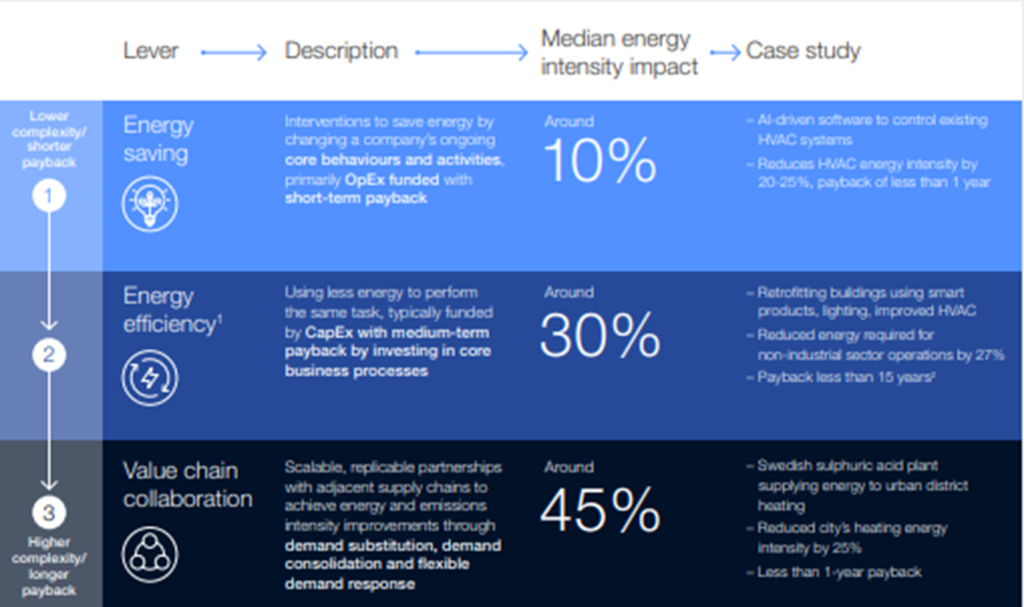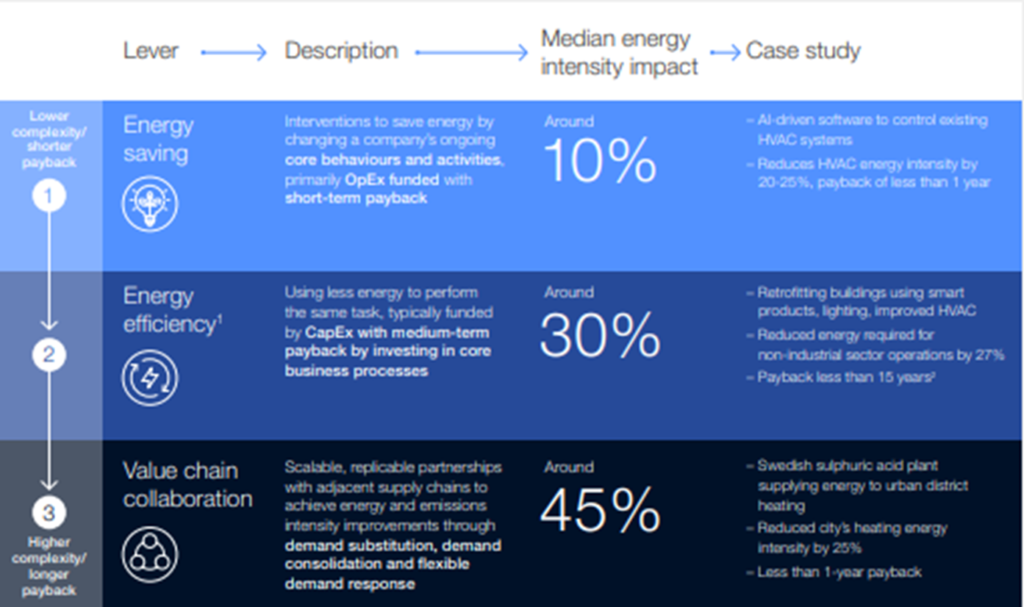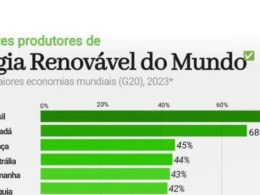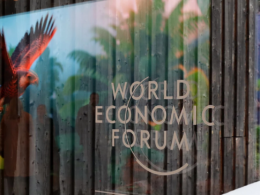World Economic Forum
In collaboration with PwC
WHITE PAPER
JANUARY 2024
Foreword
Ana Botin
Executive Chairman, The Santander Group; Chair, International Business Council
Bob Moritz
Global Chair, PwC; Member, International Business Council
Olivier Schwab
Managing Director, World Economic Forum
As the global energy system undergoes a rapid transformation, leaders across all sectors need to collaborate to accelerate an energy transition that creates positive outcomes for people, society and the planet. The private sector can play a leading role in driving this transformation.
That is why a year ago, the International Business Council (IBC), a group that together represents 3% of global energy use, decided to focus on energy demand. This is an under-addressed area that will allow us to increase economic output, while reducing greenhouse gas emissions (GHG) and driving up global access to energy.
Our research shows that there are many tangible actions that all businesses can take today to act on energy demand. The potential of this demand-side action is extraordinary, offering a short-term, cost-efficient 31% reduction of demand, shared across all economic sectors. These gains are deliverable now, at attractive returns, needing no new technology. Such concerted action would unlock growth and productivity while getting the world back on track to meet the targets sets by the Paris Agreement. At the same time, it would support delivery of the pledge by over 120 countries at COP28 to double the global average annual rate of energy efficiency improvement.
These findings should be exciting for all leaders, in growth and mature markets alike, and we thank all the IBC members for their support in driving this work. Our ambition is to get the world to act as much on energy demand as supply its efforts to reach net zero. We hope this paper will inspire many other businesses and governments to join this effort. There is no time to lose.
Executive summary
Actions on energy demand can be taken by all companies now, are profitable and can accelerate progress towards climate goals.
The value of action on energy demand is compelling: a possible 31% reduction in energy intensity and up to $2 trillion in annual savings if measures were to be taken by 2030 (see Appendix, A1: Methodology).
Reducing energy intensity – energy used per unit of gross domestic product (GDP) – would boost growth by enabling previously wasted or over-utilized energy to be redirected to more productive activities. It would also help companies save cash and maintain competitive advantage while reducing emissions. This paper outlines the value of actions on energy demand from the private and public sectors and how to deliver them. Actions are doable today, at attractive returns with existing technology, and so it is believed this establishes a compelling case to act as much on energy demand as supply in the journey to net zero.
Finding a way to reduce or even reverse the pace of energy demand growth while supporting economic output is critical. By 2050, the world’s population will grow by two billion, and GDP is forecast to double. Emerging markets and developing economies need abundant and low-cost energy to enable growth and meet development goals. Simultaneously, the world is targeting supply decarbonization. Acting on demand and supply simultaneously is the best way to achieve these changes.
Acting on energy consumption is doable, affordable and profitable. This research shows that all companies and countries can use existing levers to reduce energy intensity. Across buildings, industry and transport (BIT), International Business Council (IBC) examples illustrate that these actions, where supported by appropriate public policy, can enable the world to reduce its energy needs by approximately a third while freeing further economic output. Affordability is also clear, with interventions potentially fully paid back globally within a decade, driving estimated annual savings in the range of $2 trillion.
Three levers can deliver this change.
- First, “energy savings”– operational improvement interventions funded through operating expenditure (OpEx).
Results are typically immediate but often overlooked as they require coordinating many interventions across an organization and constant energy cost improvement.
- “Energy efficiency” pools measures under direct company control that require capital expenditure (CapEx).
Together, savings and efficiencies offer businesses the lower-hanging fruit and at least half of the improvements in energy intensity that this research has identified.
- The final lever is “value chain collaboration”, where working directly with suppliers and business partners offers company agency over energy impact, reducing cost and getting ahead of the race to net zero.

Each sector needs a “roadmap” to guide company and government action.
Company and national energy transition plans are needed to capture the benefits of managing energy consumption while integrating supply-side actions. Businesses across the energy demand and supply spectrum will need to work together with government to develop these plans and increase awareness of the routes and results available to address barriers to action.
Developing these plans is the essential next step in raising awareness and getting behind action on energy demand.
At COP28, over 120 countries pledged to double the pace of energy efficiency improvement. The IBC can be a leading private sector group to support countries in their ambition.
Conclusion
Transforming energy demand needs to be as much a focus of global effort as transforming energy supply to accelerate the energy transition and deliver commercial benefit.
To realize the promise of such efforts, businesses should:
- Baseline energy use, ensure direct central accountability and develop a programme to increase efficiency across the three levels.
- Embed this exercise and target setting into a full energy transition plan covering self-help and collaboration with the supply chain.
- Examine energy costs and the opportunities to drive change.
- Commit to energy intensity targets (e.g. doubling the rate of energy intensity improvement).
- Engage with policy-makers to develop detailed policy frameworks and energy transition plans, in particular, to remove current blockers to action (e.g. access to financing).
The IBC will continue to explore ways in which the energy demand agenda can be progressed, moving into a second phase of the project in 2024.












